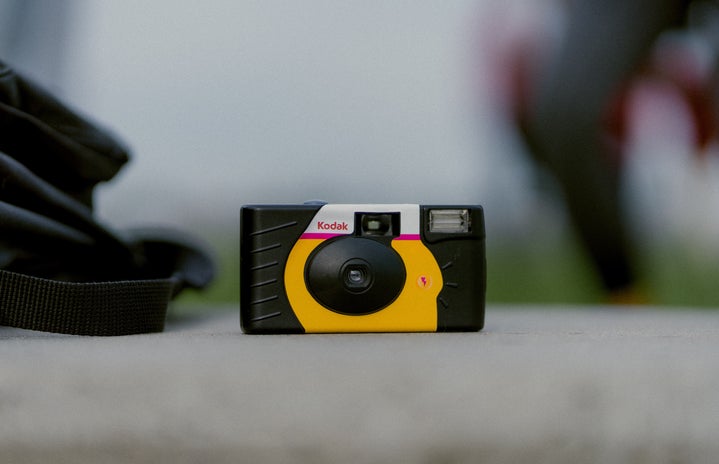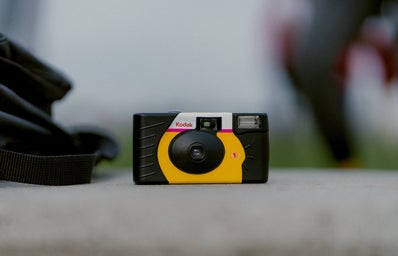DVD players, flip phones, and disposable and digital cameras were all staples of the early 2000s. They were the modes of entertainment used before the invention of smartphones. Of course, once smartphones were invented the older technologies all but disappeared with “digital cameras [having] dropped 84% in shipments since 2010”. However, as old often becomes new again, it seems that younger generations are returning to the technology of yesteryear. For Christmas this year I asked for a digital camera, and my sister hoped for a record player. In New York, a group of high schoolers started a club for kids who wanted to use flip phones instead of a smartphone. This past summer, my best friend opted to take photos on a disposable camera instead of her iPhone, and who can forget the resurgence of Polaroid’s popularity around 2017. It all begs the question: why are these retro gadgets making a comeback?
This Christmas my parents bought us a DVD player, and I was so excited. We had a huge collection of DVDs not used in years. Like most people nowadays, we consume most movies and television series through streaming services. However, as convenient as streaming services are, they also have their disadvantages. We have all wanted to watch a movie only to find that it is not on the streaming services we have, or we have to pay more money on top of our subscription. Additionally, your favorite movie could be on a streaming service one day and then gone the next. For me, the excitement of a DVD player was rooted in nostalgia and stability. The actual action of using a DVD player brought back childhood memories, and our collection of DVDs included all my favorite movies. I also knew I would always have access to the films— they would not be removed from my collection, which happens on streaming services all the time. Streaming services remove and then add titles based on the price, and since “the cost of content will continue to rise in a post-strike world, even Netflix or Amazon might be tempted to remove titles to save a few bucks.” As streaming services continue the cycle of purging their platforms of our favorite movies and television series it “reinforces the value of physical media”. When you buy a DVD it is yours.
I believe that the feeling of nostalgia and physical ownership is the same thing drawing people back to digital and disposable cameras. Most of us have hundreds of photos on our iPhones: a selfie here, a screenshot there, but how connected do you feel to those photos? How often do we look back at those captured moments besides when we want to post them on social media? Many attribute the comeback of digital and disposable cameras to the vintage aesthetic they give pictures, but I also think the physical prints available through these cameras allow us to feel more connected to the memories they hold. Looking at photos feels different, it is more emotional when you are flipping through a photo album versus scrolling on your phone. Your photos take center stage when they sit framed on a shelf instead of in your phone.
Nostalgia is a large part of why older technologies are still on the market. We live in an era of constant online stimulation, for most people, our entire lives from work to family exist within our phones. Of course, the convenience and benefits of smartphones cannot be ignored. You can reach your loved ones at any time, anywhere, and there are endless ways to entertain yourself with your music, and movies all on your phone. However, when I think back to my childhood when disposable cameras and DVD players were a staple of most households, I think those things will always hold a more sentimental value to me than my Instagram.


